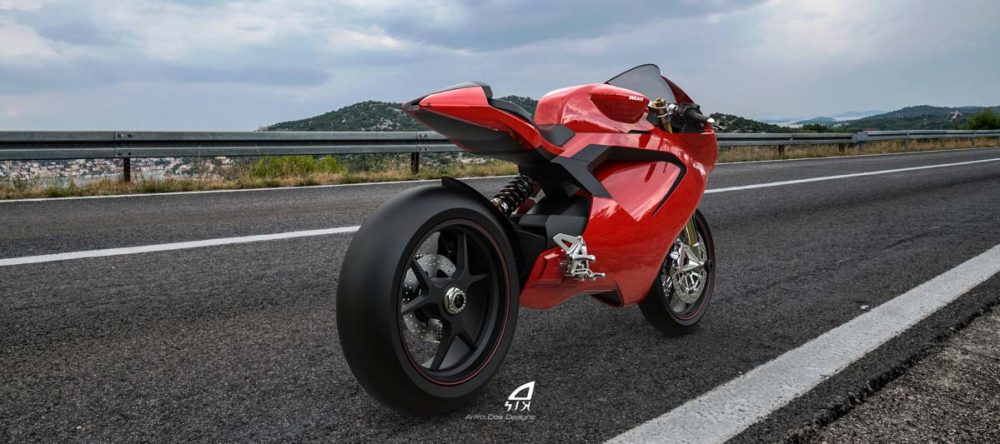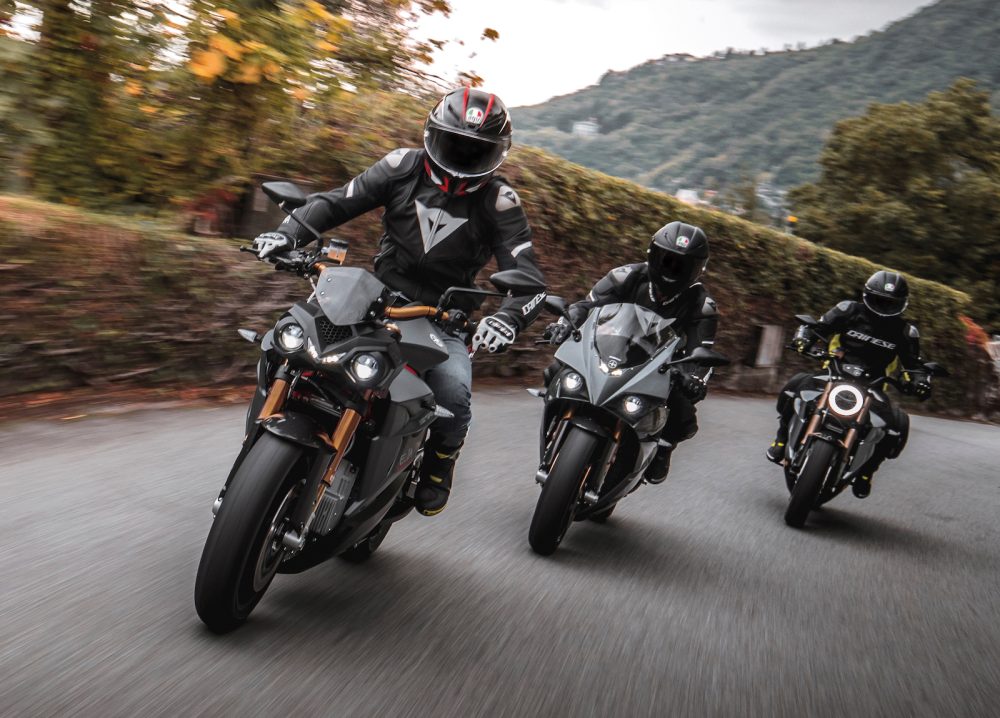
Ducati has proven to have an on-again, off-again relationship with the electric motorcycle industry over the past several years.
It began back in January of 2019 when Ducati CEO Claudio Domenicali proclaimed that “the future is electric” and confirmed that Ducati would soon begin production of its first electric motorcycle.
The announcement sent a stir through the industry, as there was no previous indication that Ducati had even begun prototype work on an electric motorcycle, much less that the company was preparing to begin production.
But as several months passed, Ducati failed to make good on the CEO’s promise. Several partnerships resulted in Ducati-badged electric scooters and other smaller rideables, but no Ducati electric motorcycles surfaced.
Last month Ducati’s VP of global sales and member of the board Francesca Milicia appeared to throw cold water on the idea of a Ducati electric motorcycle coming any time in the near future.
Milicia announced that electric motorcycles were not in the company’s plans:
Will we produce an electric Ducati soon? No. We think that for the kind of machine we produce now, an electric motorcycle cannot guarantee the pleasure, the range, the weight, etc., that Ducati riders expect.

Now new statements from Ducati’s CEO have helped confirm why Ducati hasn’t made any progress on the electric motorcycle front.
As it turns out, the battery has been the biggest stumbling block for Ducati.
Let’s say that at this moment the main complexity in making electric motorcycles with high performance and autonomy lies in the battery. So we are following with great attention the evolution of this component, and at this moment we are evaluating when and at what moment the amount of energy that can be stored in a battery will somehow make a product like a full scale electric motorcycle usable.
There is an evidently important evolution, because compared to, for example, fifteen years ago there was a very important change, another ten years ago again; today lithium batteries are very performing but are not yet able to store a sufficient amount of energy to keep the weight of the bike at its current level. Today, therefore, compromises are needed between autonomy and weight.
Already for the middle of this decade an important step such as solid state batteries is expected, and even more important developments for the end of the twenties.
Domenicali’s claim that lithium-ion batteries haven’t advanced enough to provide sufficient stored energy and performance seems to ring a bit hollow when looking at the rest of the industry.
Even without the impressive advances of solid state batteries in the lab, fellow Italian sport bike maker Energica seems to have had no problem producing high-performance electric motorcycles using today’s lithium-ion battery technology.
The company produces several models with city ranges of 400 km (250 mi) and mixed ranges of 230 km (143 mi) thanks to a high capacity 21.5 kWh battery pack.
And those batteries were released 18 months ago, making them far from bleeding-edge technology.

In fact, Energica is the sole supplier of the electric racing motorcycles to the FIM Enel MotoE World Cup racing series, whose 240 km/h (150 mph) electric motorcycles thrill crowds with their performance.
To be fair, the Energica Ego is certainly heavy, packing on around 50 kg (110 lb) more than a 200 kg (440 lb) Ducati Panigale V4.
Yet despite the Ducati weighing 20% less than the Energica and sporting around 40% more horsepower than the electric bike, the Energica still destroys the Ducati on the strip with an electric 0-60 mph time of as little as 2.6 seconds compared to the Panigale’s 3.5 seconds.
Even Harley-Davidson, whose bikes are known more for comfort than performance, has an electric motorcycle that outperforms the Panigale on the strip with a 0-60 mph time of 3.0 seconds.
When it comes to battery production, even though Domenicali seems to admit that Ducati can’t keep up with electric motorcycle startups or legacy motorcycle manufacturers that have adopted electric motorcycle production, he doesn’t deny that electric bikes could be a beneficial addition to Ducati’s product line.
I am optimistic about the characteristic: If we put aside the weight for a moment, the electric engine is a very sporty engine, so you can certainly make products in line with the characteristics of our brand, which has always been linked to performance and sport. The most relevant dynamic is the timing of introduction.
But if history has been any indication, Ducati will continue to grapple with this issue of “timing” for several years to come, even as the rest of the industry continues to pass it by.
Subscribe to Electrek on YouTube for exclusive videos and subscribe to the podcast.
Author: Micah Toll
Source: Electrek



